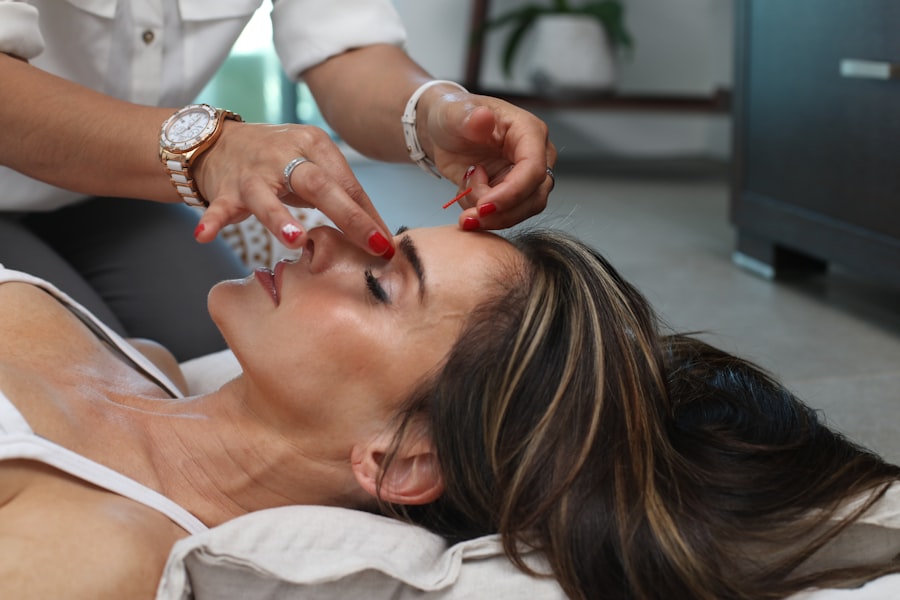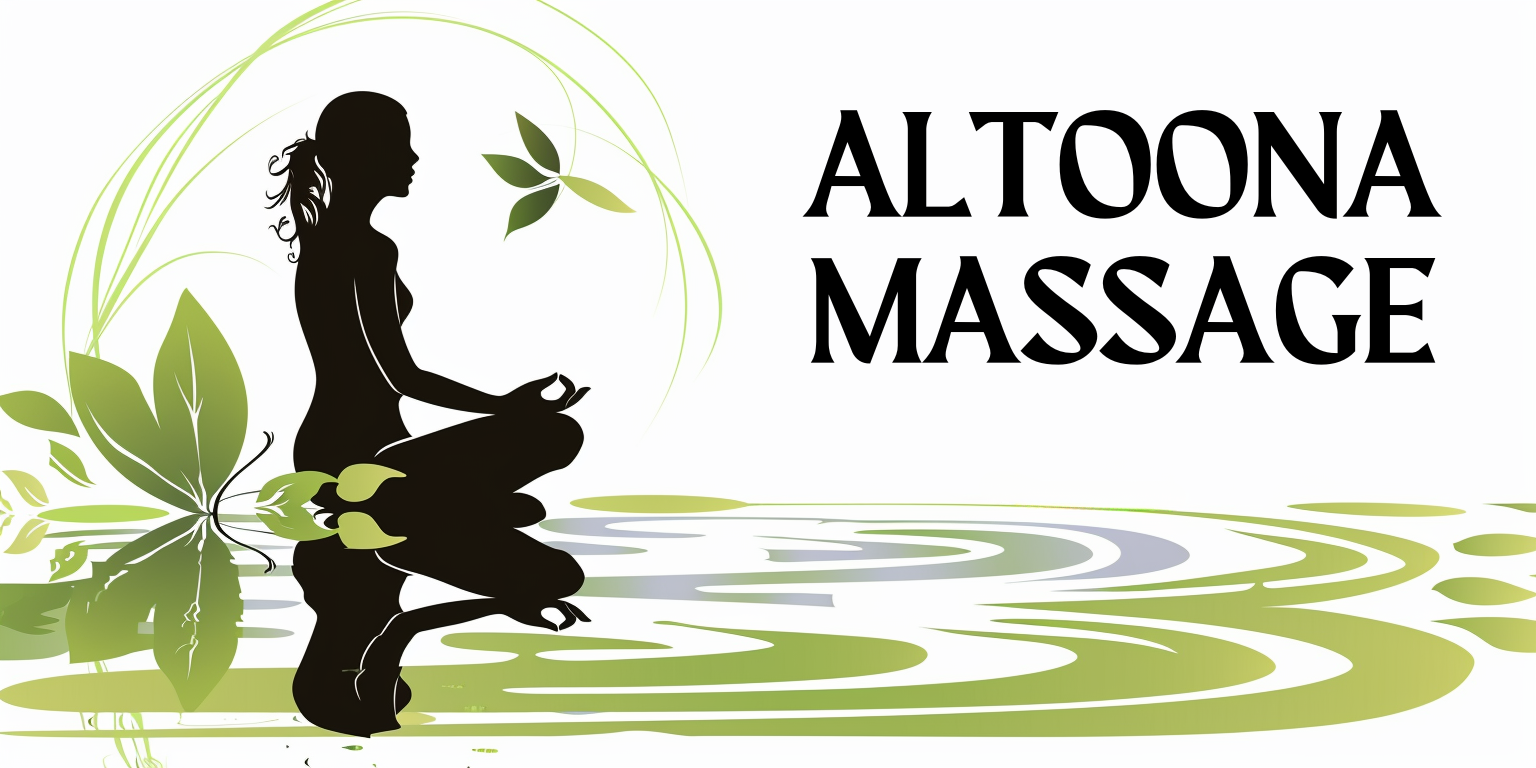Massage therapy is an ancient practice that has evolved over centuries, rooted in various cultures around the world. At its core, massage therapy involves the manipulation of soft tissues in the body, including muscles, tendons, ligaments, and fascia. This manipulation can take many forms, from gentle stroking to deep pressure techniques, each designed to promote relaxation, alleviate pain, and enhance overall well-being.
As you delve into the world of massage therapy, you will discover that it is not merely a luxury but a holistic approach to health that can address both physical and emotional issues. The benefits of massage therapy are extensive and well-documented. Many people seek massage to relieve stress and tension, improve circulation, and enhance flexibility.
Additionally, it can aid in recovery from injuries and chronic pain conditions. Understanding these fundamentals can help you appreciate the value of massage therapy in your life. Whether you are looking to unwind after a long week or seeking relief from specific ailments, knowing what massage therapy entails will empower you to make informed decisions about your health and wellness journey.
Key Takeaways
- Massage therapy involves the manipulation of soft tissues to promote relaxation, relieve pain, and improve overall well-being.
- Before your first massage, it’s important to communicate any health concerns or preferences to your therapist and to arrive well-hydrated and with clean skin.
- Meeting your massage therapist allows you to discuss your goals for the session and to ask any questions you may have about the process.
- The massage room environment should be comfortable, quiet, and conducive to relaxation, with appropriate lighting and temperature.
- During the massage, communicate openly with your therapist about pressure, areas of focus, and any discomfort you may experience.
Preparing for Your First Massage
As you prepare for your first massage, it’s essential to approach the experience with an open mind and a sense of curiosity. Before your appointment, consider what you hope to achieve from the session. Are you looking to relieve muscle tension, reduce stress, or simply indulge in a moment of relaxation?
Having a clear intention can help guide your experience and enhance the effectiveness of the treatment. Additionally, it’s wise to arrive at the spa or clinic a little early to fill out any necessary paperwork and allow yourself time to unwind before the session begins. Dressing appropriately is another crucial aspect of preparation.
You don’t need to wear anything fancy; comfortable clothing that allows for easy movement is ideal. Many massage therapists provide draping techniques to ensure your comfort and privacy during the session. If you have any specific areas of concern or medical conditions, be sure to communicate these with your therapist beforehand.
This information will help them tailor the massage to your needs and ensure a safe and effective experience.
Meeting Your Massage Therapist

The moment you meet your massage therapist can set the tone for your entire experience. It’s important to feel comfortable and at ease with the person who will be working on your body. Take a moment to introduce yourself and share any relevant information about your health history or specific concerns you may have.
A good therapist will take the time to listen to your needs and answer any questions you might have about the process. This initial conversation is not just a formality; it’s an opportunity for you to establish trust and rapport. Your therapist may also explain their approach and techniques, which can help demystify the process.
Understanding what to expect can alleviate any anxiety you might feel about being touched or manipulated. Remember that this is a collaborative experience; your comfort and preferences should be prioritized throughout the session. If at any point you feel uncomfortable or have questions, don’t hesitate to voice them.
A skilled therapist will appreciate your feedback and adjust their techniques accordingly.
The Massage Room Environment
The environment in which you receive your massage plays a significant role in your overall experience. Most massage rooms are designed to be calming and serene, often featuring soft lighting, soothing music, and pleasant aromas from essential oils or candles. As you enter the room, take a moment to absorb the atmosphere; this can help you transition from the outside world into a state of relaxation.
The ambiance is carefully curated to promote tranquility, allowing you to let go of stress and focus on the sensations of the massage. Comfort is paramount in a massage room. You will typically find a massage table covered with clean linens, ensuring a hygienic experience.
The temperature of the room is usually adjusted to your liking, so don’t hesitate to ask for adjustments if you feel too warm or cold. Additionally, many therapists offer blankets or pillows for added comfort during the session. This attention to detail helps create a safe space where you can fully immerse yourself in the therapeutic benefits of massage.
What Happens During the Massage
Once you’re settled on the table and ready for your massage, your therapist will begin by applying gentle pressure to assess your body’s tension levels. This initial touch allows them to identify areas that may require more focus or deeper work. Depending on the type of massage you’ve chosen—be it Swedish, deep tissue, or another modality—the techniques used will vary significantly.
You may experience a range of sensations from light strokes that promote relaxation to deeper pressure aimed at releasing knots in your muscles. Throughout the session, it’s essential to remain aware of how your body feels. If something feels uncomfortable or painful, communicate this with your therapist immediately.
They are trained professionals who want to ensure your comfort while still addressing any problem areas effectively. The duration of a typical massage can range from 30 minutes to two hours, depending on your preference and needs. Regardless of the length, each moment is an opportunity for healing and rejuvenation.
Communication with Your Massage Therapist

Effective communication with your massage therapist is vital for maximizing the benefits of your session. Before the massage begins, take time to discuss any specific areas of tension or discomfort you’d like them to focus on. This dialogue not only helps them tailor their approach but also empowers you as an active participant in your wellness journey.
Additionally, if you have any preferences regarding pressure—whether you prefer light strokes or deeper work—make sure to express these clearly. During the massage itself, don’t hesitate to provide feedback as well. If at any point you feel discomfort or if certain techniques are particularly effective, let your therapist know.
They rely on your input to adjust their methods accordingly and ensure that you receive the best possible experience. Remember that this is a partnership; open communication fosters trust and enhances the overall effectiveness of the treatment.
After the Massage
As your massage comes to an end, take a moment to gradually transition back into reality. Your therapist may offer you water or herbal tea to help rehydrate after the session—a crucial step in flushing out toxins released during the massage. It’s common to feel relaxed or even slightly disoriented after a treatment; give yourself permission to bask in that feeling for a while longer before jumping back into your daily routine.
Post-massage care is equally important for maintaining the benefits you’ve gained during your session. Consider taking it easy for the rest of the day; avoid strenuous activities that could counteract the relaxation you’ve achieved. Stretching gently or practicing mindfulness can help prolong that sense of calm and well-being.
Additionally, keeping track of how you feel in the days following your massage can provide valuable insights into how different techniques affect your body.
Tips for Maximizing the Benefits of Your Massage
To truly maximize the benefits of your massage therapy sessions, consider incorporating some simple practices into your routine. First and foremost, regularity is key; scheduling massages consistently—whether monthly or bi-weekly—can help maintain muscle health and emotional balance over time. Think of it as an investment in yourself rather than an occasional treat; this mindset shift can lead to more profound benefits.
In addition to regular sessions, staying hydrated before and after your massage is crucial for optimal results. Water helps flush out toxins released during treatment and keeps your muscles supple and healthy. Furthermore, consider integrating self-care practices such as stretching or yoga into your daily life; these activities complement massage therapy by promoting flexibility and reducing tension between sessions.
By adopting these habits, you can create a holistic approach to wellness that enhances both body and mind. In conclusion, embarking on a journey into massage therapy can be transformative when approached with knowledge and intention. From understanding its basics to preparing for your first session and communicating effectively with your therapist, each step contributes to a more enriching experience.
By embracing this practice as part of your self-care routine, you can unlock its myriad benefits and cultivate a deeper connection with yourself along the way.
If you’re looking to enhance your relaxation experience beyond just your first massage, you may want to consider incorporating smart home technology into your routine. Check out this article on the smart home revolution to learn about how you can create a soothing atmosphere in your home to complement your massage sessions.
FAQs
What can I expect during my first massage?
During your first massage, you can expect to fill out a health history form and discuss any specific areas of concern with your massage therapist. You will then be given privacy to undress to your comfort level and lie on the massage table, where the therapist will drape you with a sheet or towel. The therapist will use various techniques to manipulate your muscles and soft tissues to promote relaxation and relieve tension.
What should I wear during my first massage?
You should undress to your comfort level during a massage. Most people choose to undress completely, but you can also choose to leave on underwear or other clothing if it makes you more comfortable. Your massage therapist will ensure that you are properly draped with a sheet or towel throughout the session to maintain your privacy.
Will the massage therapist use oil or lotion?
Yes, most massage therapists use oil or lotion to reduce friction on the skin and allow for smooth, gliding strokes during the massage. If you have any allergies or sensitivities to certain products, be sure to communicate this with your therapist before the session begins.
What should I do during the massage?
During the massage, your main job is to relax and breathe deeply. You can close your eyes and focus on the sensations in your body, or engage in deep breathing exercises to enhance the relaxation effects of the massage. It’s important to communicate with your therapist about the pressure and any discomfort you may be experiencing.
What are the potential benefits of a first massage?
The potential benefits of a first massage include relaxation, stress reduction, relief from muscle tension and pain, improved circulation, and a sense of overall well-being. Many people also experience improved sleep and a greater sense of body awareness after receiving a massage.
